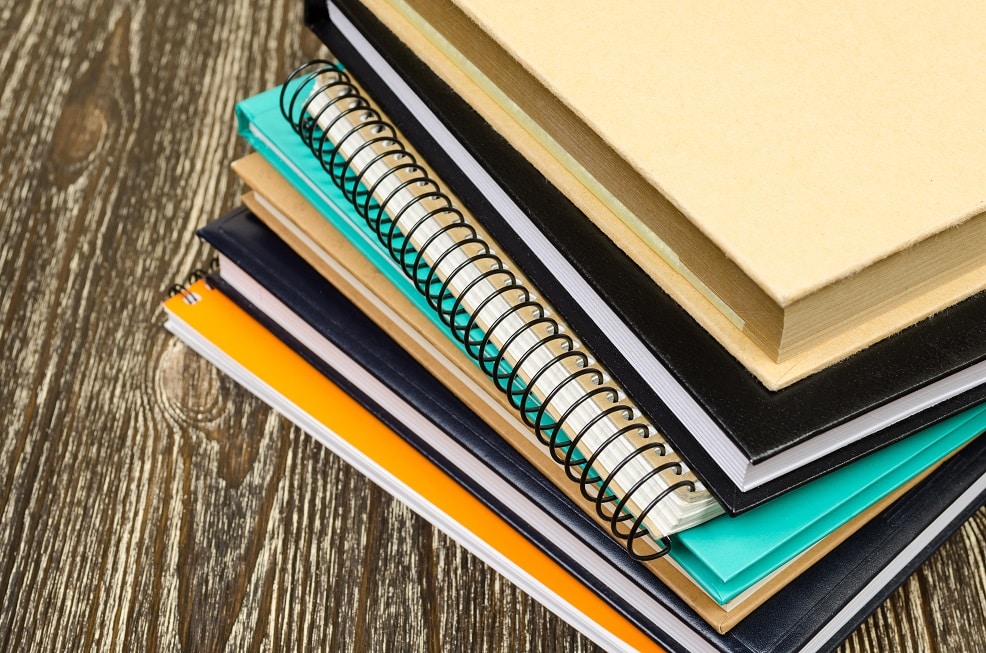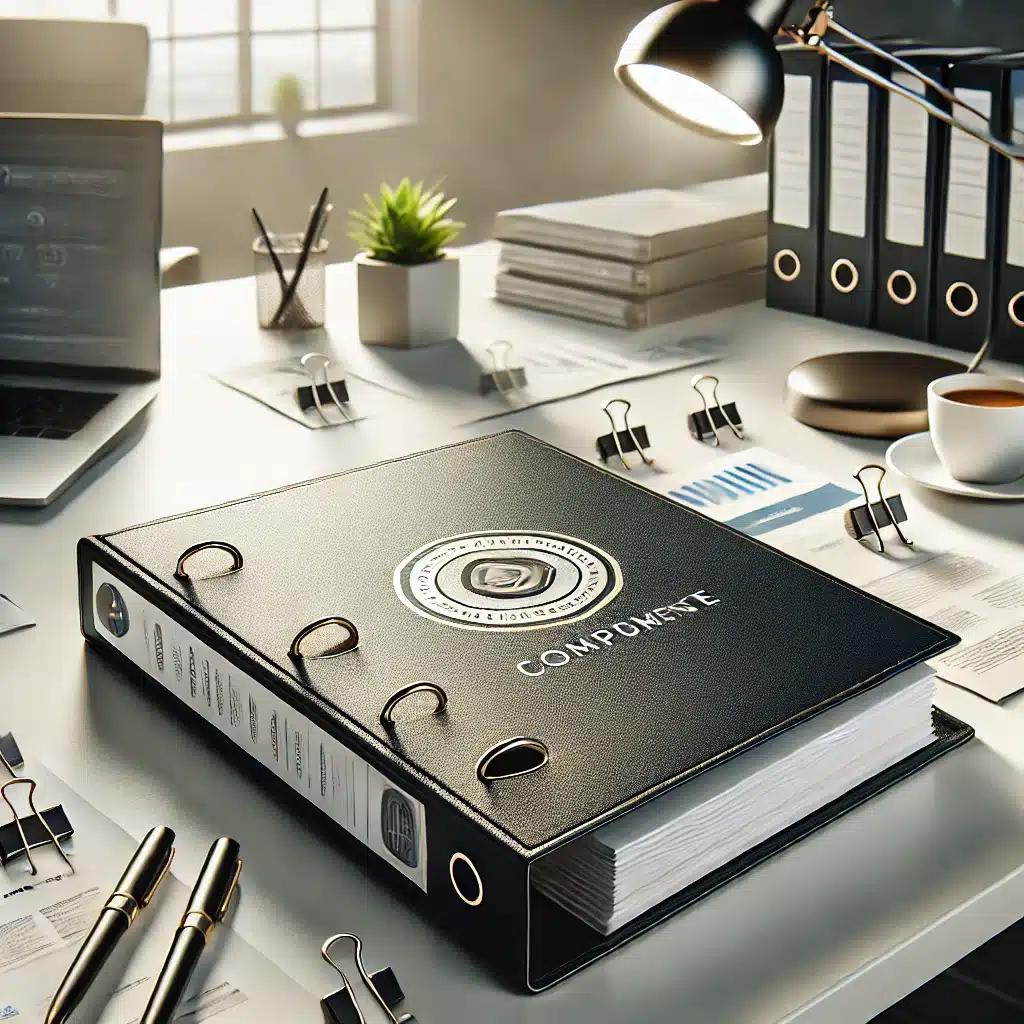
If you have a novel ready to print or a collection of photos you’d love to put together in one book, your next set of questions relates to the how of printing. You’ve got the what already covered – congratulations! But when it comes to book binding, you might worry you’ll end up agonizing over your choices.
That’s exactly what we intend to avoid with today’s blog post. When you’re ready to find your on-demand printer of choice, here are the book binding options you’ll have and the reasons why you’d want them.
Saddle Stitch Book Binding
If you have a shorter book (fewer than one hundred pages) that will be used and perused often, saddle stitch may be right for your needs. This form of book binding is ideal for coloring books, marketing booklets, photography or real estate portfolios, programs, and more. Saddle stitching is often the most cost effective form of binding as well, which accommodates most printing budgets.
Spiral Book Binding
If it’s critical for your book to lay flat, spiral binding is your go-to book binding solution. During the spiral binding process, a thick plastic coil is ‘spiraled’ through hole punched pages. You can have as many as several hundred pages in a spiral bound book, but the larger page counts tend to get pretty unwieldy and require a lot larger, thicker spiral coils. In other words, you may end up spending slightly more money on spiral bound books considering the extra materials that are part of the printing process.
Perfect Binding
Perfect binding, also known as softcover printing, is possibly the most popular form of binding for on-demand printing. You find it virtually everywhere there are books – on small paperback novels, large coffee table books, magazines, and much more. Perfect binding uses cardstock covers wrapped around the pages of your book which are attached with an incredibly strong yet flexible adhesive. Perfect binding is more expensive than saddle stitch, spiral binding, and other ‘loose’ binding methods, but that’s because it’s far more permanent. If you want to feel like you’ve really got a traditional book in your hands, perfect binding is the way to go.
Case Binding
If your number one goal is to appear professional and classic with your binding, then case binding is right for you. Also called hardcover book binding, case binding uses a heavy piece of board cut to size and wrapped in leather or cloth as your binding. Pages are adhered to the inside of this ‘case’ and kept safe and secure. As you’ve probably noted from any trip to the library or time spent in a college class, hardcover books can be pretty massive. Or in the case of children’s book printing, quite tiny – but incredibly durable. As a result, case binding will be more expensive but well worth your money.
Your Best Option
We know we aren’t going to solve the question of hardcover vs. softcover binding for you today. That’s your decision to make. But depending on your specific needs, any of these options may be just right for you, your family, or your business printing needs. To learn more about our book binding options, reach out to the Linemark team today.

 10/24/2022
10/24/2022  Aaron Dunn
Aaron Dunn


